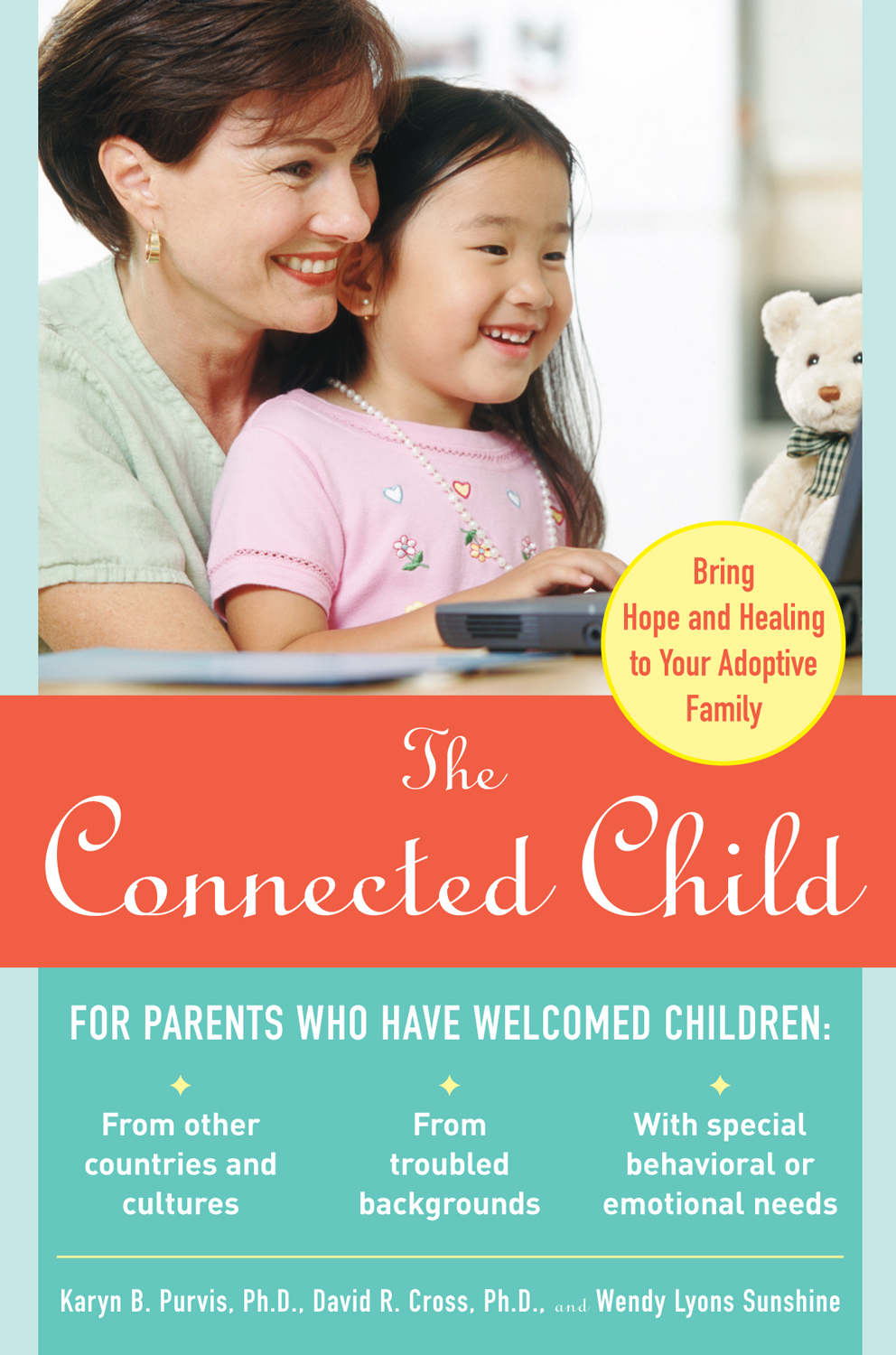 The Connected Child is American. The downside of this is that some of the material and approaches are not relevant, or need to be looked at by analogy rather than directly.
The Connected Child is American. The downside of this is that some of the material and approaches are not relevant, or need to be looked at by analogy rather than directly.
For example, there are many more international adoptions in America and more children who have spent time in orphanages. Neither of these issues is directly relevant to most British adoptive parents (although children who have suffered persistent neglect as babies would have had similar experiences to the orphanage children in some instances).
Children in the USA are also more likely to be heavily medicated to control their behaviour than in Britain, and this is reflected in the text.
The upside is that American books tend to have a “can do” approach, drawing on the strong American self-help and self-improvement publishing tradition.
This is refreshing, because many British books tend to focus heavily on all the damage caused by poor attachment, and have relatively little to say about what you can DO about it. The result can be depressing and lead to a feeling of defeatism.
In The Connected Child practical advice is illustrated by anecdotes based on the changes in behaviour of real children with whom the authors have worked, and this makes the book more readable, more grounded and convincing.
The Connected Child is divided into twelve chapters. The first Hope and Healing is a background to the authors’ philosophy. The section on medication is particularly strong and well thought through: it is often a crutch not a solution, and the authors tread a sensible line, advising against cocktails and suggesting a weaning process once behavioural changes are embedded. They give examples where parents ditched all the medication and the child was better for it.
While Where Your Child Began treads familiar ground with material on early life and attachments, Solving the Puzzle of Difficult Behaviour is fantastic, especially the table on deciphering behaviour. While to understand all is not necessarily to solve all, you can’t even begin to sort out a child’s behaviour unless you have some idea what is going on. This chapter does a wonderful job of unravelling in an easy way the contradictory and self-defeating nature of disturbed behaviour and is really useful.
Disarming the Fear Response with Felt Safety is also excellent in looking at how and why children are frightened, even when this is not apparent. The next five chapters are down to earth, practical advice on everyday issues and situations. There is much excellent food for thought here.
I was less sure about Supporting Healthy Brain Chemistry. I am unsure how helpful it is for most adoptive parents to pathologise their children in the way suggested. I am even less sure whether all of us becoming amateur neuro-bio-chemists is really going to help. However, it does at least make aspects of the authors’ research work and thinking clear. And it might just be the magic bullet for some children who are very reactive to foods and additives.
Handling Setbacks and Healing Yourself to Heal Your Child are useful and excellent. All parents have the mind-warping experience of hearing themselves speaking their parents’ words, or seeing their children as their own younger selves (for good or ill in both cases).
It is undoubtedly true that being a parent, particularly of a child with difficulties, has to be a self-reflective experience where you somehow have an awareness and a working through of your own past. I
I would recommend The Connected Child. It is a serious, sensible, useful and in many ways excellent book on this subject. Its main strength is that it is very down to earth and direct and tells you what to do. It would be useful for all adoptive parents to read and then keep for future reference.
The Connected Child is published by McGraw-Hill. To order a copy from Amazon, please click the link below:
The Connected Child: Bring Hope and Healing to Your Adoptive Family